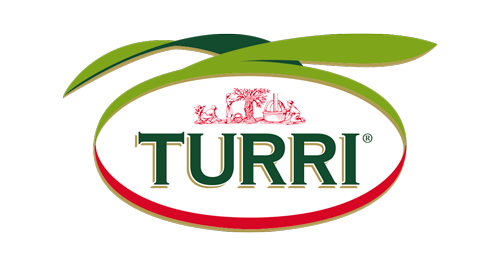We thoroughly enjoyed the article that Alessandra di Canossa published on Linkiesta. It was all extremely clear, and we warmly recommend you to read it.
Here is an excerpt describing the various types of olive oil that are available on the market. Despite the interest expressed on this topic, we find that many consumers are still fairly ignorant about the differences among oils. By the way, did you know that there are 350 olive cultivars in Italy and 37 areas with PDO status? We are blessed with an incredible wealth, and are too often unaware of it.
Extra virgin olive oil – EVOO: an oil obtained from the fruit of the olive tree solely by mechanical means, and which has a free fatty acid content, expressed as oleic acid, of not more than 0.8%. An organoleptic assessment (carried out by a panel of professional oil tasters) must certify that the oil if free of defects and has a certain degree of fruitiness.
Olive oil: an oil obtained from the fruit of the olive tree by mechanical means, with some perceivable faults in the aroma and/or flavour, and a free fatty acid content, expressed as oleic acid, of not more than 2%.
“Lampante” oil: an oil obtained solely by mechanical means, with a free fatty acid content of more than 2% that is not suitable for human consumption. It is unpleasant on both the nose and palate. Its name derives from the fact that in the past, it was used as lamp oil.
In order to make it fit for human consumption, it must be de-acidified, deodorised and decoloured: the resulting product, refined oil, is transparent, odour- and flavour-free. It can be added in small amounts to extra virgin oil, to give what is labelled as olive oil.
Olive pomace oil: pomace is what remains after pressing the olives. Raw pomace oil is obtained by treating these residues with chemical solvents to extract whatever oil is still present, and is not fit for human consumption, until virgin olive oil is added to it.
PDO extra virgin olive oil: an extra virgin olive oil that must comply with a set of production specifications and is subjected to controls by an independent Certification agency. The production specifications differ from area to area. For example, in order to be branded as a Garda PDO oil, an extra virgin must only be made from olives harvested in certain areas of the lake environs, contain at least 55% of the Casaliva cultivar, and have a free fatty acid content, expressed as oleic acid, of not more than 0.5%.


